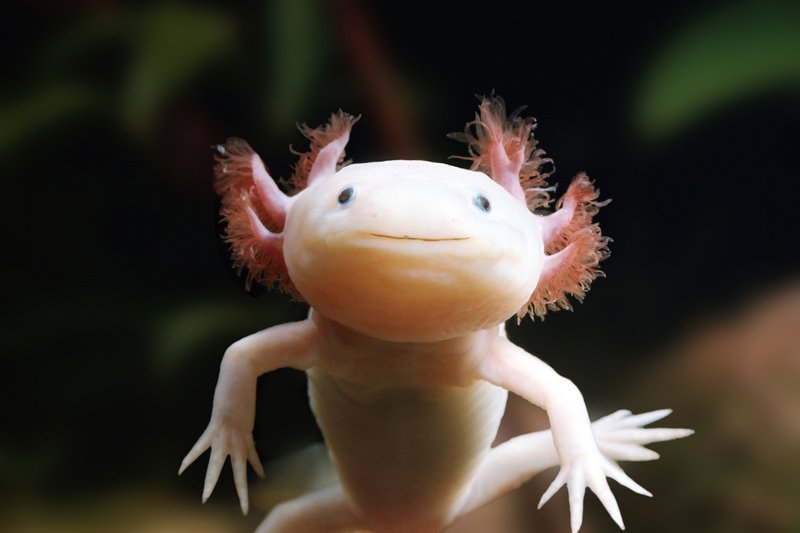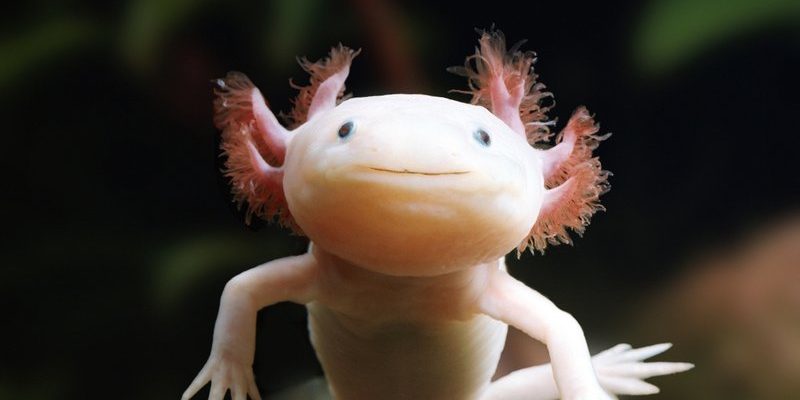
Axolotls, often called “Mexican walking fish,” are actually a type of salamander and come from the ancient waters of Mexico. They’re captivating not only because of their adorable looks but also due to their intriguing biology and behavior. So, let’s dive in and explore everything you need to know about these enchanting creatures, from their habitat to their unique traits!
Where Do Axolotls Live?
Axolotls are native to the cold, freshwater lakes of Mexico, specifically Lake Xochimilco and Lake Chalco. These lakes are part of a system that once teemed with life but has faced significant ecological challenges over the years. Picture a serene lake, surrounded by lush greenery, where axolotls call home. Unfortunately, urban development, pollution, and invasive species have led to a severe decline in their natural habitat.
Due to their limited range, axolotls are considered critically endangered in the wild. It’s a real shame because their unique adaptations have helped them thrive in their aquatic environment for centuries. They prefer calm, shallow waters with plenty of vegetation, where they can hide and hunt for food.
The Fascinating Biology of Axolotls
Now, let’s talk about what makes axolotls so extraordinary on a biological level. One of the standout features is their regenerative capabilities. Unlike most animals, axolotls can regenerate lost limbs, parts of their heart, and even sections of their brain. Imagine losing a finger and having it grow back without any scars! This incredible ability has made them a subject of extensive scientific research.
Axolotls also retain their juvenile features throughout their lives in a phenomenon called *neoteny*. They don’t undergo the typical transformation you would see in most salamanders. Instead, they stay aquatic and keep their external gills, looking like the playful babies they are. Honestly, it’s like they’ve decided that growing up just isn’t for them!
What Do Axolotls Eat?
Feeding axolotls can be quite straightforward, as they’re carnivorous and love to munch on a variety of delicacies. In the wild, they typically dine on small fish, worms, and crustaceans. In captivity, they can thrive on a diet of bloodworms, brine shrimp, and specially formulated pellets designed for aquatic salamanders.
When it comes to feeding them, you might be wondering about portion sizes. A good rule of thumb is to feed your axolotl an amount equal to the size of their head, once or twice a day. Keep an eye on their eating habits, too! If they’re not interested in food, it could be a sign of a larger issue, like water quality or stress.
Common Health Issues in Axolotls
Like any pet, axolotls can face health problems from time to time. One common issue is *fungal infections*, which can occur if their living environment isn’t clean enough. Water quality is ultra-important for these amphibians. Using a reliable water filter and performing regular water changes can help keep them happy and healthy.
Another health concern is *buoyancy issues*. Sometimes, axolotls can have trouble staying submerged, which might indicate a problem with their swim bladder. If you notice this, it’s essential to check the water temperature and quality, as poor conditions can affect their health.
How to Care for an Axolotl at Home
If you’re considering bringing an axolotl into your home, you’ve got to make a few preparations first. They can live up to 15 years or even longer with proper care! Start by choosing the right tank size—ideally, a minimum of 20 gallons for one axolotl is recommended. Make sure it’s equipped with a sturdy filtration system and provides plenty of aquatic plants to create a safe environment.
Next, maintain a water temperature between 60-68°F (15-20°C). These creatures are sensitive to temperature changes, so keeping a stable environment is crucial. Regular water testing is a good habit to develop, ensuring that ammonia, nitrites, and nitrates are at safe levels.
Are Axolotls Good Pets?
You might be curious about whether axolotls make good pets. Honestly, they can be fantastic companions for the right person! If you appreciate unique animals and are committed to their care, an axolotl could be a great addition to your life. They have quirky personalities and can even recognize their owners after some time.
However, they aren’t as interactive as dogs or cats. If you’re looking for a more active pet, an axolotl may not fit the bill. But if you’re fascinated by their biology and beauty, you’ll find endless joy in observing their curious behaviors.
The Importance of Conservation
As we wrap up our journey into the world of axolotls, it’s essential to highlight the importance of conservation. The axolotl population in the wild is declining rapidly, and it’s up to us to help protect these marvelous creatures. Supporting organizations that focus on habitat restoration and awareness is crucial.
By advocating for cleaner water sources and protecting their natural habitats, we can help ensure that future generations will be able to admire these incredible amphibians. Every little bit counts, whether it’s through donations, spreading awareness, or simply sharing what you’ve learned about these amazing animals.
In conclusion, axolotls are more than just cute faces; they’re a living testament to nature’s wonders. With their enchanting features and remarkable abilities, they deserve our attention and protection. Whether you’re considering one as a pet or simply curious about them, remember that there’s always more to learn about these charming amphibians!

